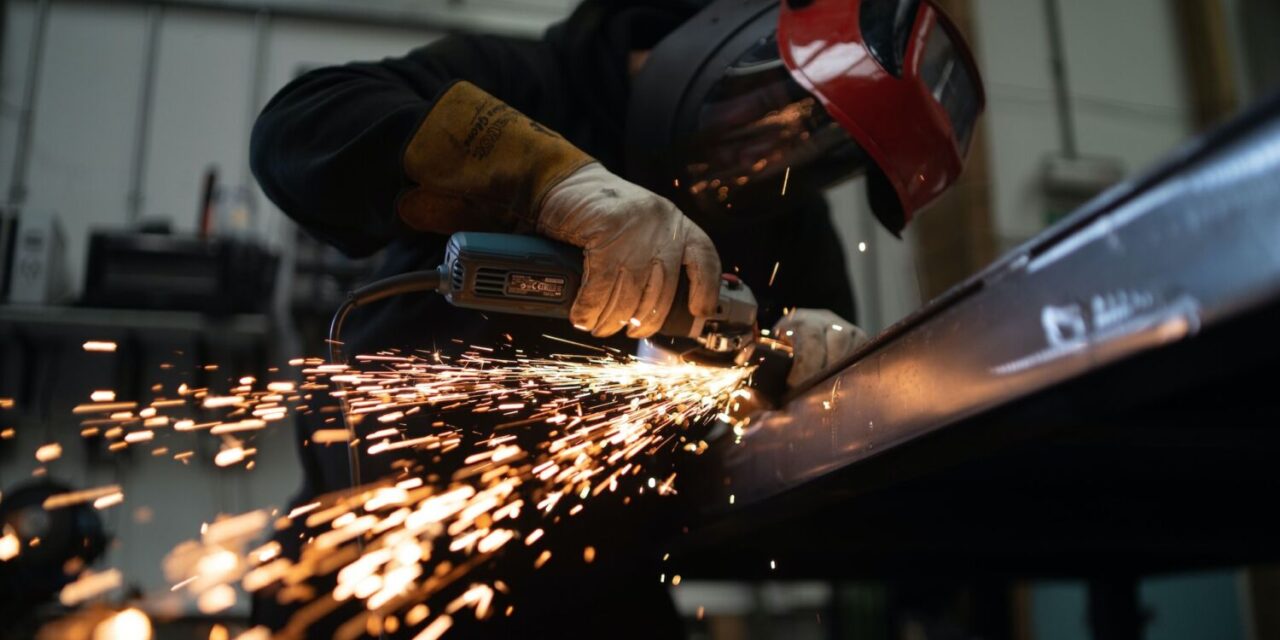|
To guarantee the safety and security of all personnel in the manufacturing industry, where the use of complex, heavy machinery is common, safety is a concern that needs to be carefully planned, studied and well-executed with the support of technology to ensure the well-being of all staff. In this expert article, Evotix, the world-leading provider of environment, health and safety (EHS) solutions, has outlined tips for creating a safety culture throughout the business. Creating a culture of safety can be difficult to implement across the entire company, but when it becomes ingrained in a company’s culture, it pays off immensely. In addition to preventing injuries, prioritising safety boosts productivity, improves morale and enhances overall employee health. When it comes to running a successful manufacturing business, safety should be a top priority. Not only is keeping employees safe a legal and moral requirement, but it also goes a long way in fostering a positive and productive workplace culture. Here are Evotix’s key tips for creating a culture of safety for your manufacturing business: 1. Invest in industry-leading safety technology: Modern safety technology can be an invaluable asset to your manufacturing business. It can help reduce the number of accidents and injuries suffered by employees who are more easily able to report potential hazards before they become an issue. Investing in safety technology can also be a great way to inspire a culture of safety in your workplace as it shows staff that you are investing in them. Consider SaaS-based technology that regularly rolls out updates to ensure you’re staying up-to-date on the latest capabilities without constantly spending your budget on new technology. 2. Develop a comprehensive safety plan: Creating a comprehensive safety plan that covers all aspects of safety—from how to safely operate machinery to the proper handling of dangerous materials—can be a great step towards creating a culture of safety in your manufacturing business. Ensure that this plan is widely discussed and adopted for everyday life at work, regularly reviewed and updated and that all employees are aware of its contents. 3. Incorporate safety education into employee training: Employee training should include a focus on safety. It goes without saying that organisations need to ensure that all employees are familiar with all safety procedures and that they understand the dangers associated with the work they do. Regular safety refresher courses are a great way to keep your workers up-to-date on the latest safety protocols. 4. Obtain feedback at all levels: Beliefs, attitudes and behaviours must be consistent across departments for there to be a strong safety culture. Proactively ask permanent and temporary staff members, as well as floor managers, for their thoughts rather than assuming that a lack of feedback proves the success of the safety program. An environment that values feedback and open communication will improve safety and engagement. 5. Reward safety: Safety should always be viewed positively in the manufacturing industry. It’s a good idea to acknowledge and appreciate staff members who demonstrate safe work practices on the job in order to support this culture. This can be done through prizes, pay increases or even just verbal praise. By rewarding good safety practices, you can ensure that safety is at the forefront of all your employees’ minds. 6. Put safety first when leading: Any business initiative needs support from the top down to succeed. Therefore, managers must first establish their own safety managerial skills before asking that their staff do the same. Leaders drive performance and inspire their colleagues and employees to embrace safety through safety training, coaching and evaluation. It is vital for managers to lead by example. Manufacturing can be a dangerous business. Creating a culture of safety is essential. By investing in the latest safety technology and developing a comprehensive safety plan, as well as incorporating safety education into employee training, obtaining feedback and rewarding safety, you can make certain that your manufacturing business is as safe as possible. |
Creating a culture of safety: Tips for manufacturers




